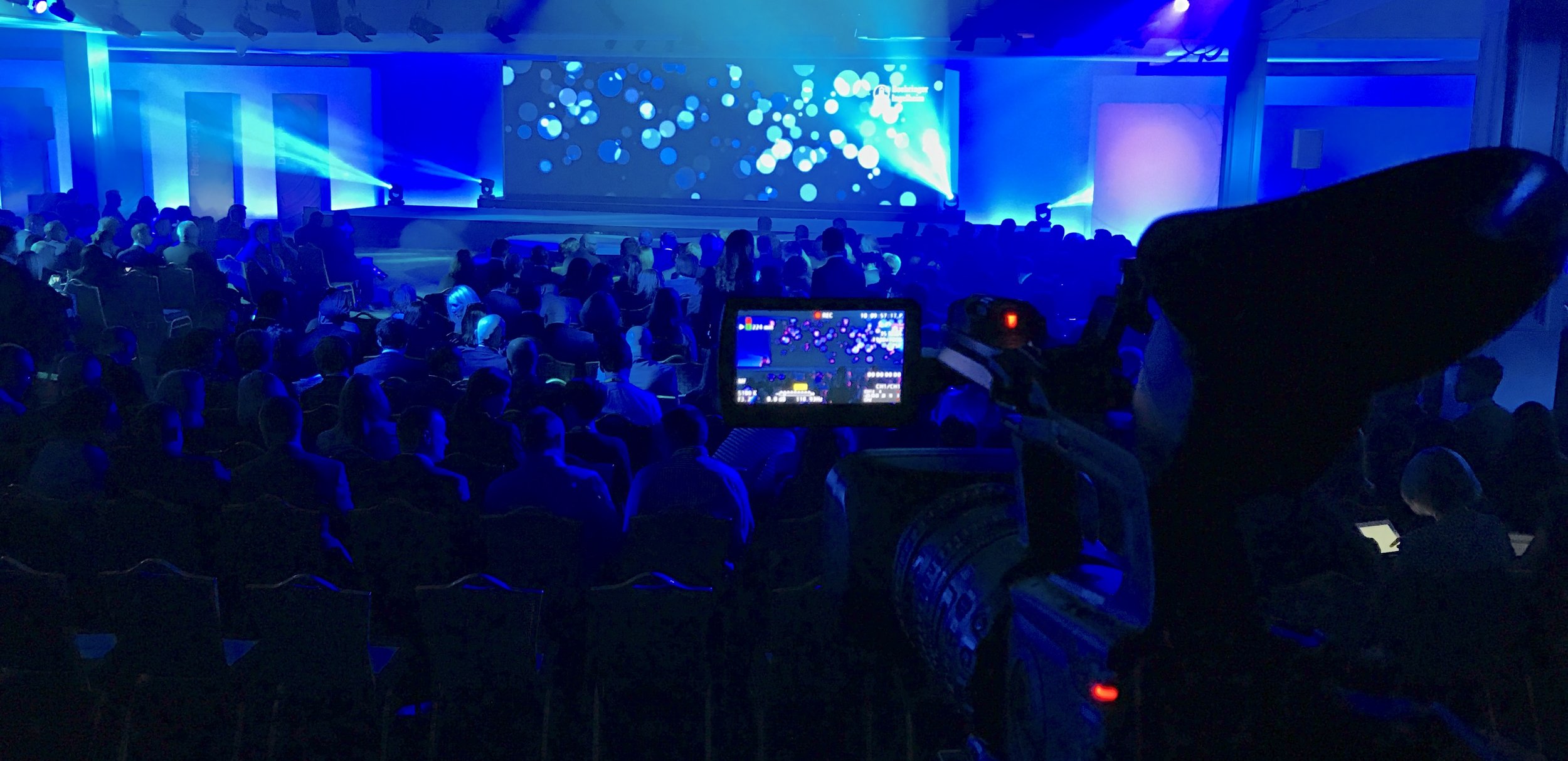I've spent more than 20 years filming at events for a huge range of businesses around the world. I'm usually at the back of the room on a raised podium filming whatever happens on stage and that also gives me a great view of the what the audience are doing. Since the advent of smartphones and iPads it's made it very obvious when an audience is distracted or losing interest, sometimes it's like being at a concert when everyone holds their phones in the air to create a sea of swaying lights, only in this case the lights are kept low and hidden behind the person in front.
Now I'm no expert in how to present to an audience, I've never done it myself, so my thoughts are only based on observing hundreds (possibly thousands) of speakers over the years. What's the one main thing that I see that loses an audience? turning to the screen behind you. Whether you use it to remind yourself where you are in a presentation or if you're highlighting something on your powerpoint then your audience will almost certainly disengage, it's like they see this as "permission" to check their phones.
How do you avoid this? If you have areas of your presentation you want to highlight then do it your powerpoint. If you want to check the slide that's on screen, then hopefully you'll have a "comfort" monitor at the front of the stage. If not then a sly glance back to the screen should be OK. If you struggle to remember everything in your presentation then use cue cards, there's no shame in having these with you on stage, some of the best presenters I've seen have them and even if you don't need to use them they can give you a boost in confidence.
Standing on a stage talking to an audience is a difficult thing to do, I have huge respect for anyone that does it, especially when they take the time to really make sure that they really engage with the audience. Do you have any tips? I'd love to see them in the comments below.





